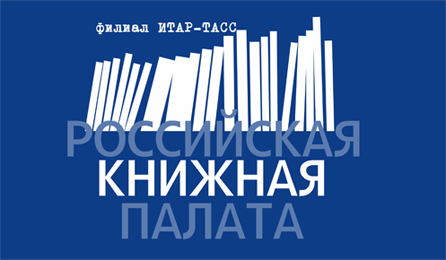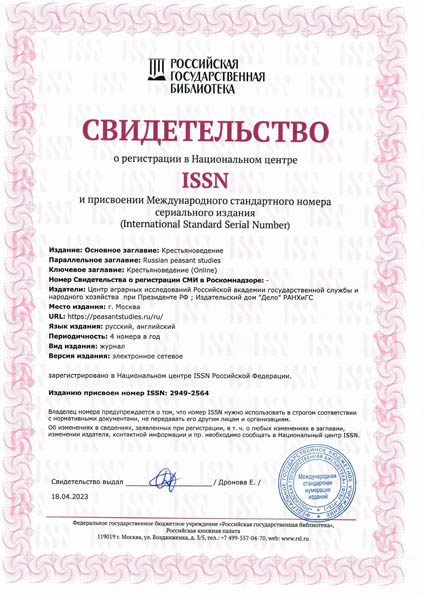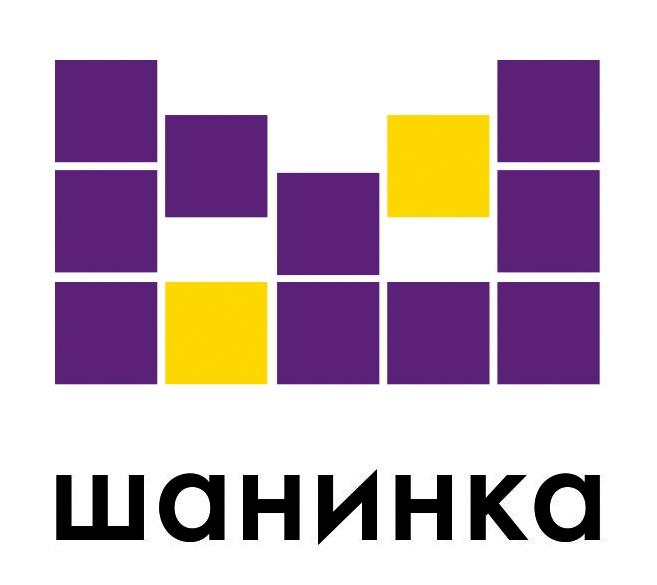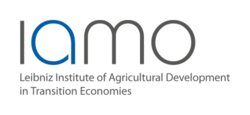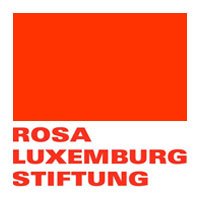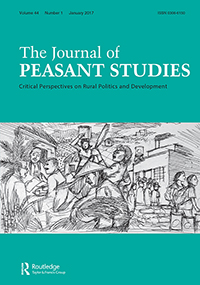Merl S. Reassessment of the Soviet agrarian policy in the light of today’s achievements // The Russian Peasant Studies. 2019. V.4. №1. P. 45-69.
DOI: 10.22394/2500-1809-2019-4-1-45-69
Annotation
Obvious successes of Putin’s policy require a reassessment of the Soviet agrarian policy. The article addresses the question of whether the Bolsheviks’ approach was appropriate for the Russian peasantry and considers limitations of the concept “socialist industrialized agriculture’. To assess achievements of the Soviet agriculture the author uses qualitative instead of quantitative criteria: per hectare yields and milk per cow since 1913. They kept to be extremely low which is striking for the agriculture based on large-scale and partly mechanized production. The gap in yields as compared to the neighboring capitalist countries even widened from 1930 to 1991. The strong and steady growth in yields since 2000 does not allow to explain failures of the Soviet agriculture by bad soils, specific climate or natural limitations—the Soviet agrarian policy is to blame. Instead of “revolutionizing”, socialist agriculture did not take part in any significant productivity rise as elsewhere in the world during the “green revolution”. The author argues that the main reason for such a failure was “infantilization” of agricultural producers—peasants, heads of state and collective farms—by a combination of mistrust and scrupulous control. During the Soviet period agricultural producers never were the masters of their fields. The situation became even worse after the planned economy provided agriculture with insufficient and ineffective machinery below Western standards. Although necessary machinery and knowledge of organizing the production were available in the West, in the Soviet Union the mechanization of crop production and animal husbandry was not completed. The article starts with the description of peasants’ interests, behavior und expectations in the Revolutions of 1905 and 1917– 1918; then the author focuses on the foundations of the Soviet agrarian policy suggested by Lenin and Stalin, continues with a short review of different approaches to agriculture developed by Khrushchev, Brezhnev und Gorbachev, and finishes with a summary of the reasons for Putin’s successes paying special attention to the short periods of yields growth—1924–1930, 1953–1958, 1965–1970, and 1986–1991.
Keywords
Socialist agriculture, agrarian policy, industrialized agriculture, infantilization of peasants, class differentiation, V.I. Lenin, J.V. Stalin, N.S. Khrushchev, L.I. Brezhnev, M.S. Gorbachev, V.V. Putin.
About the author
Merl Stephan, DSc (History), Professor, Bielefeld University; 25 Universitätsstr., 33615, Bielefeld, Germany.
E-mail: This email address is being protected from spambots. You need JavaScript enabled to view it.


